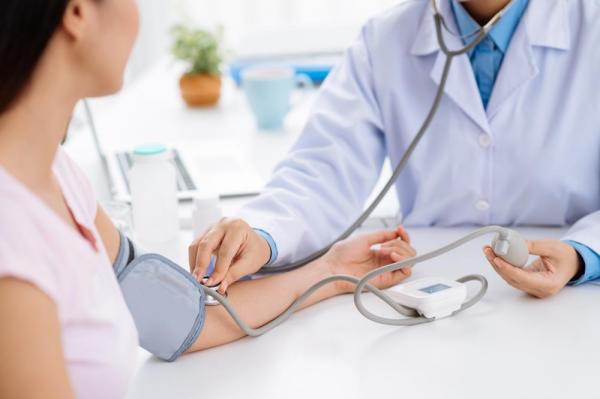
NASHVILLE, Dec. 21 (UPI) — The rate of hypertension-related visits to the emergency room has gone up more than 20 percent in the last decade, according to a new study.
Researchers at Vanderbilt University found the number of hypertension patients going to emergency rooms also has increased in that time, they reported, saying the role of the emergency department in managing chronic disease is not understood.
Younger patients and patients without insurance were more likely to go to the hospital though, they said.
The findings, they said, highlight hypertension-related issues and may also bring to light issues patients have with managing their condition.
Hypertension, or high blood pressure, effects roughly one in three Americans, but just a little over half have their condition under control, according to the Centers for Disease Control and Prevention.
“The study highlights how common hypertension is, and that it’s becoming an even bigger problem affecting a large number of patients who seek care in the emergency department,” Dr. Candace McNaughton, an assistant professor of emergency medicine at Vanderbilt University, said in a press release.
“It speaks to the greater overall importance of hypertension and that lifestyle factors such as taking medication as prescribed, quitting smoking, exercising and eating less salt are all really important.”
The researchers identified 6.4 million emergency room visits for hypertension-related reasons recorded as part of the Nationwide Emergency Department Sample between 2006 and 2012, finding hypertension-related visits had increased by 20 percent since 2006.
Hypertension-related visits to the emergency room represented 23.6 percent of all ER visits during the time of the study.
“The role of the emergency department in the management of chronic disease is still poorly understood, with hypertension as an opportunity to show how we can safely use the emergency department to manage patients with these conditions,” McNaughton said.
The study is published in the American Journal of Cardiology.





